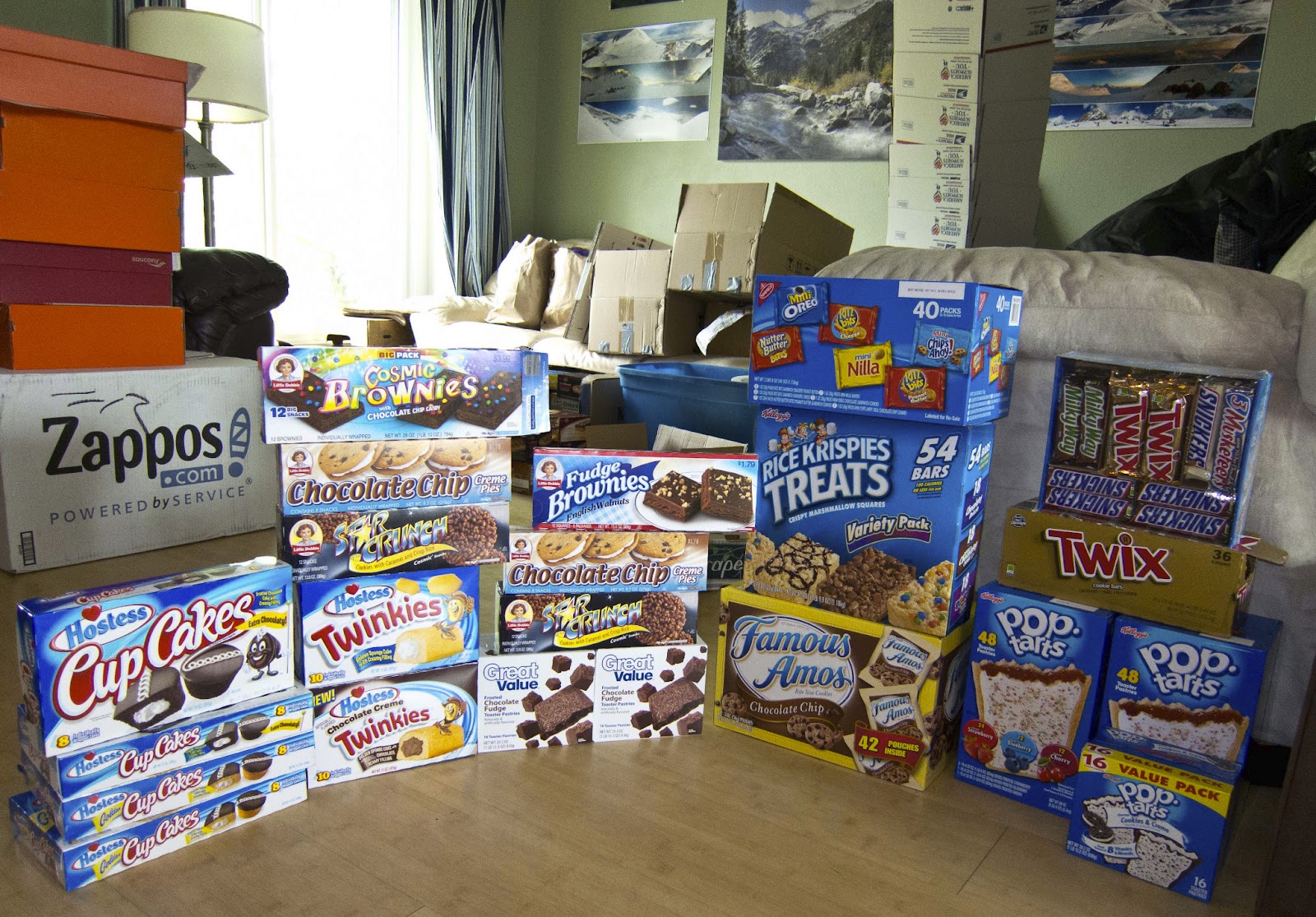May 25, 2012.
Day: 1 Daily Miles: 49 Total Miles: 49 Hours Hiking: 14.5 6:05am -8:35pm
Listen to the audio journal above or Download May 25th Audio File Here
It's May 25, 11 O'clock at night. I did
a 49-mile day today. It's about 37 degrees with 30-40 MPH winds. You
might be able to hear the roar in the background. I'm currently at my
camp, which is at UTM 0550851 3641044, Somewhere around 5500 ft on
Mt. Laguna. The nice weather that was here today, is well, not so
nice right now when I'm on top of a mountain on a ridge. There's no
way to get away from it because I either hike 10 more miles forwards
or backwards to get off the ridge so, not so good. I spend about 40
minutes to set up my tarp/shelter and basically it's so windy that
it’s pulling the stakes out of the ground. I had to go try and find
rocks (there weren't many big enough to be useful!) and its still not
right, so I took down half of it (laying it on top of/tucked under
me) and about to go to bed. I am sooo tired, I should have been
asleep about 2 hours ago.
Day 1
Morning
May 25, 6:15 in the morning. I just
left the border about 10 minutes ago. Little bit less, a little bit
of a later start and somewhat hectic. I can still see the border
actually, and my mom will be driving by shortly. But anyways, I'm
excited, oh my gosh! (Laughs) It's beautiful hiking weather, around
50 degrees out. It's cloudy – low clouds, there's a breeze and it's
misting with a chance of rain for the next couple of days, where
normally it's blazing hot down here. So I'll have a good first three
days, as long as the fire that I'll encounter on day two {Banner
Fire} is gone and out and I can actually get on the trail and/or
kinda sneak by. So yeah, it's one of those feelings that it’s taken
me four months of training and planning and trying to figure out and
remember every little detail. This last month has been hectic with
just racking my brain making sure I have every little thing covered,
checking and rechecking and all that good stuff. It feels great to be
on trail, and I'm looking forward to the next two months, no matter
how hard they're going to be. So yeah, I'll catch ya in a few.
 |
| Just passed Lake Morena campground. |
Today overall was good, nice clouds, a
little breeze, not hot, made a lot of distance. I had lunch at
Boulder Oaks Campground at mile 26, a little over halfway. I met
about 6 people and had them sign my logbook. Otherwise it was just
fine until I got up to the ridge where it was just windy and windy
and it hasn't stopped and I don't foresee it stopping. I remember in
2009 it was windy windy windy up here as well. So I hope to drop the
hell out of here quick and early tomorrow morning and go and see if I
can make it through the burn area. So that's my day, I had one
blister. It looks like it was just from toes rubbing together and not
from my shoes, so I got that duct taped and we'll see how it goes
tomorrow. I'm ready for bed, so goodnight!

















